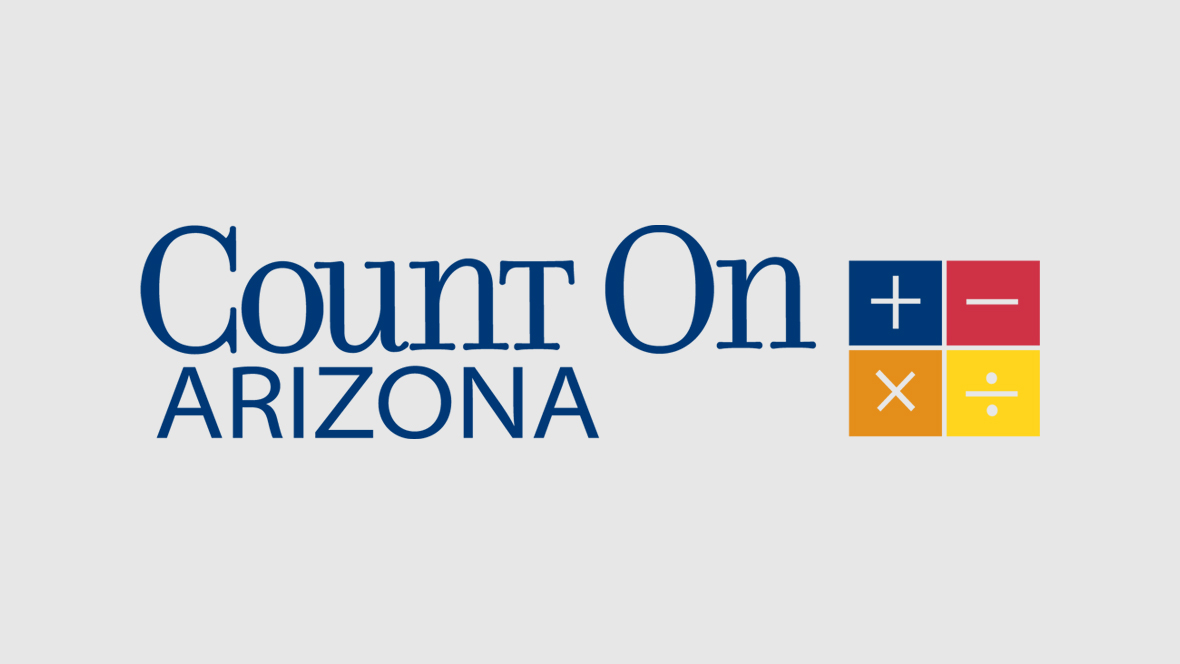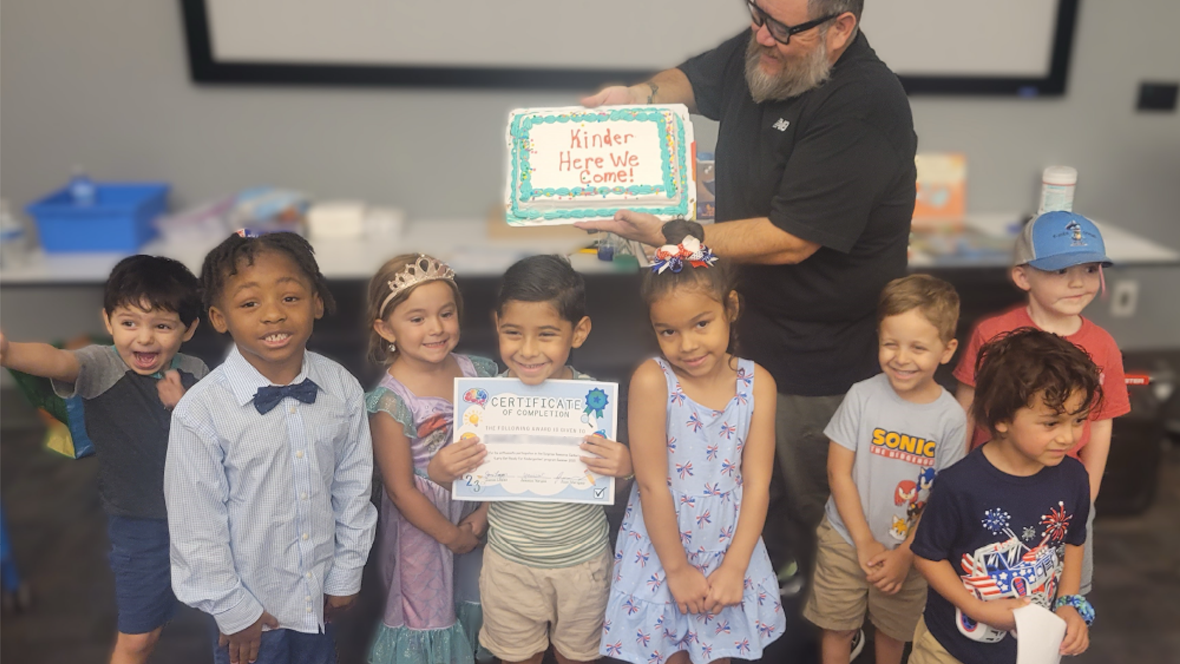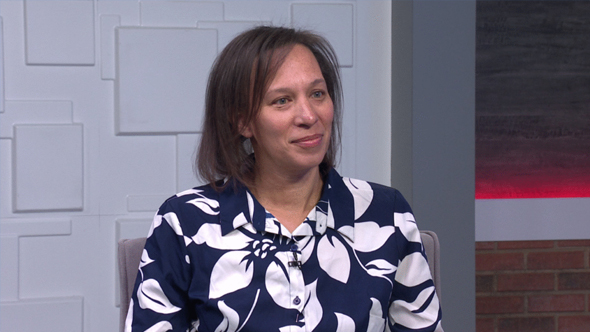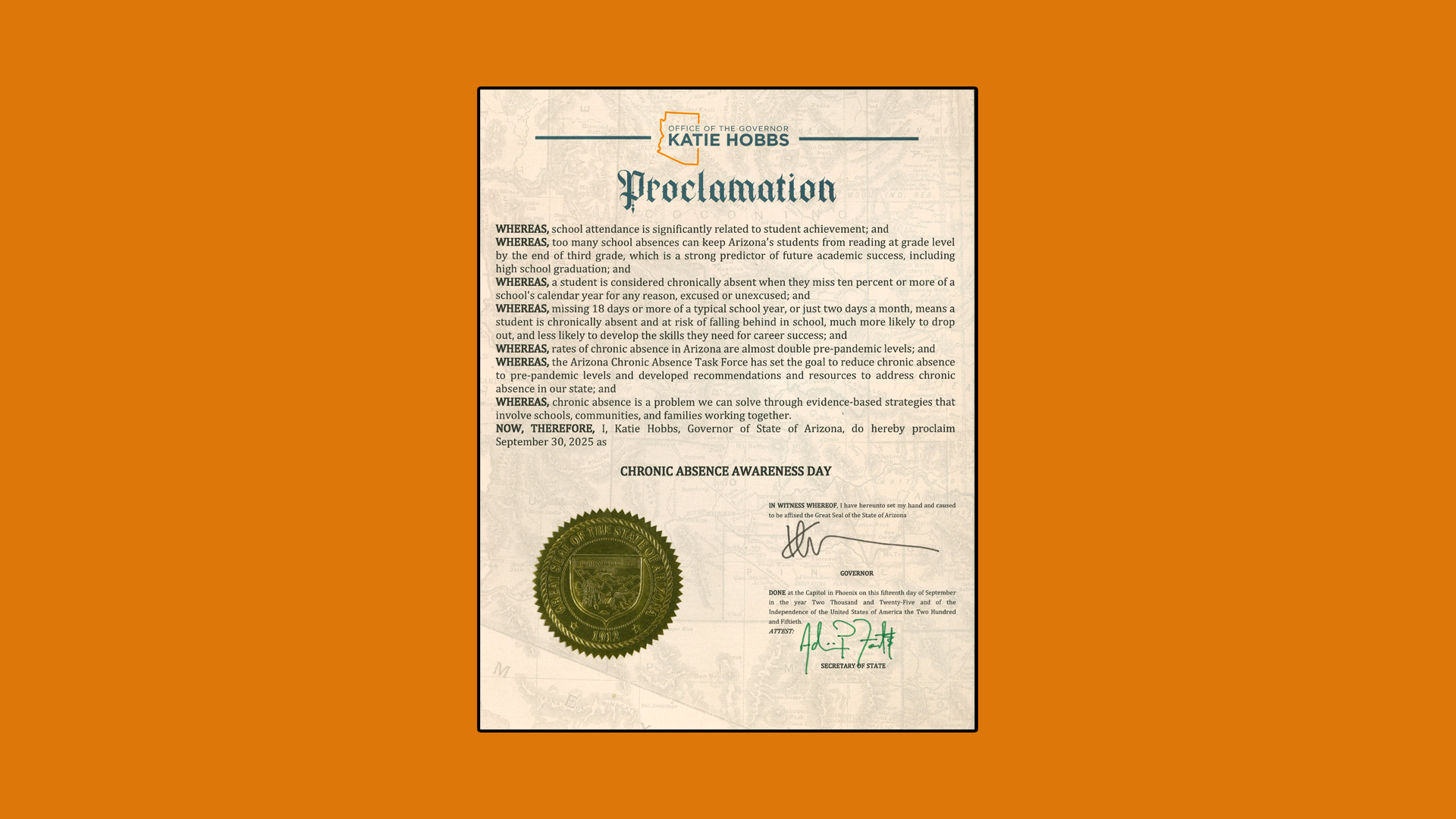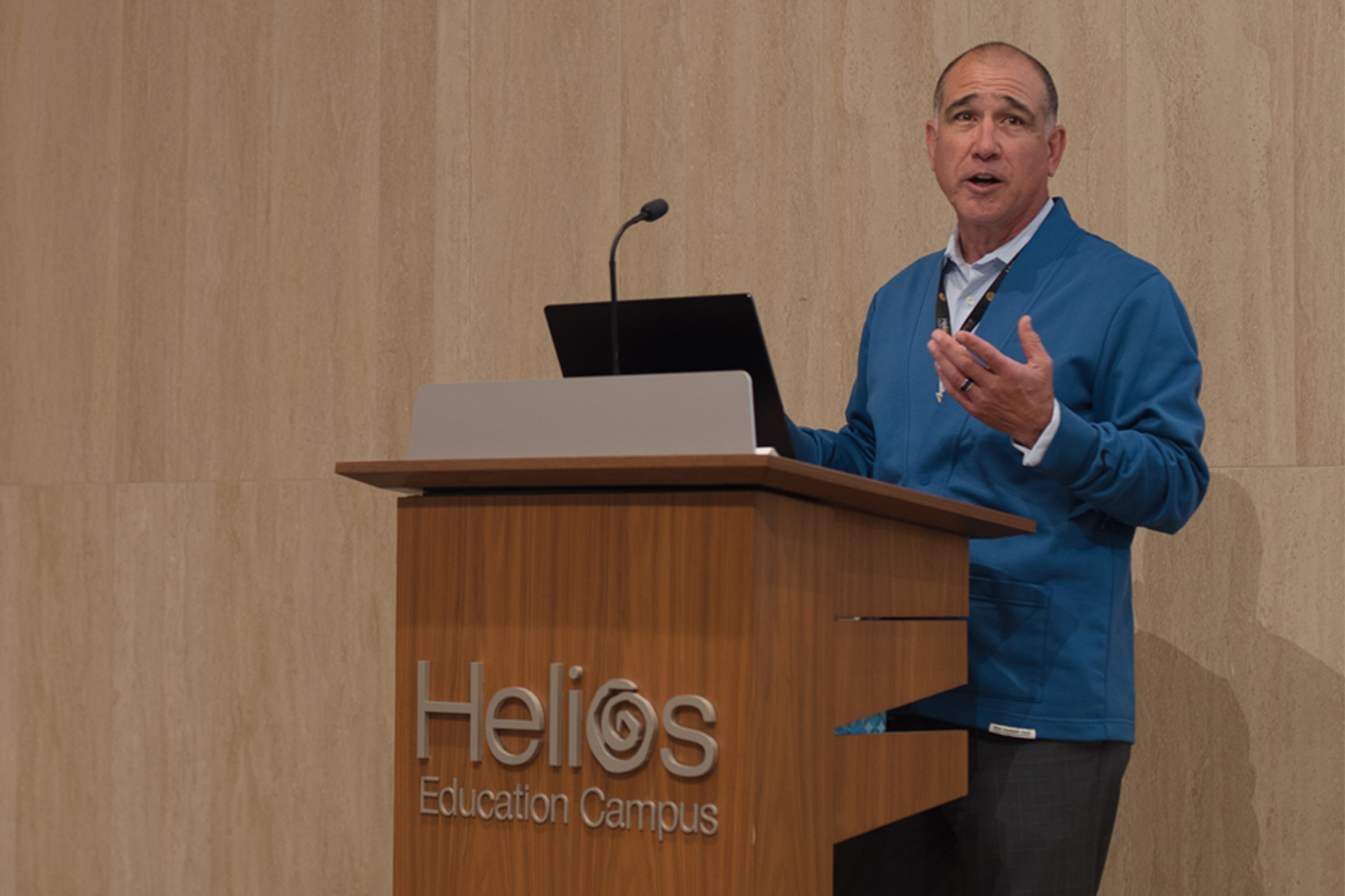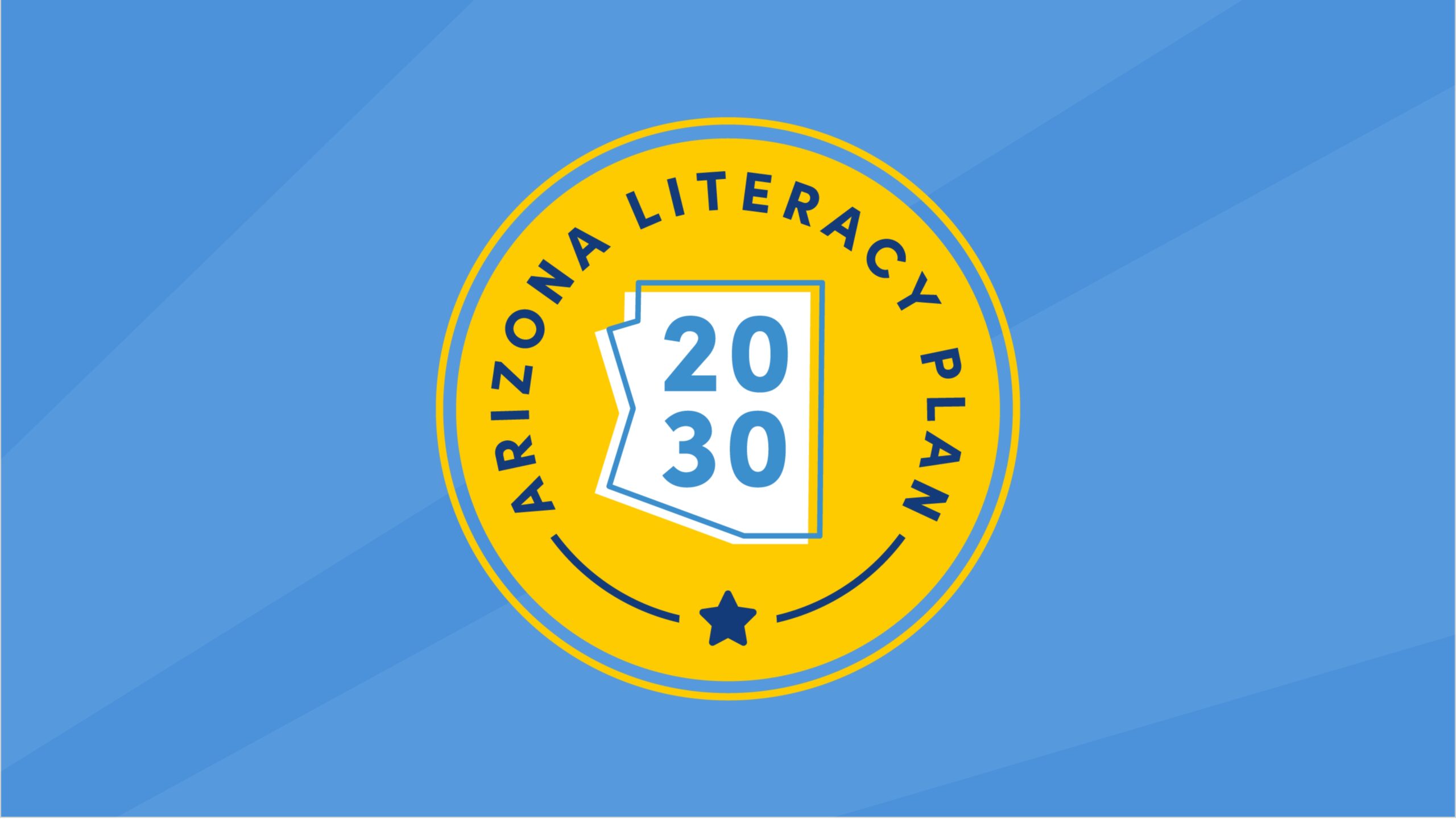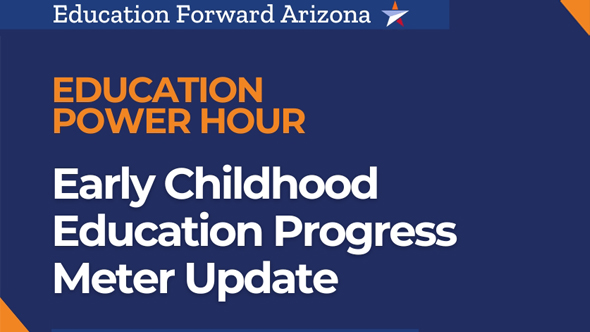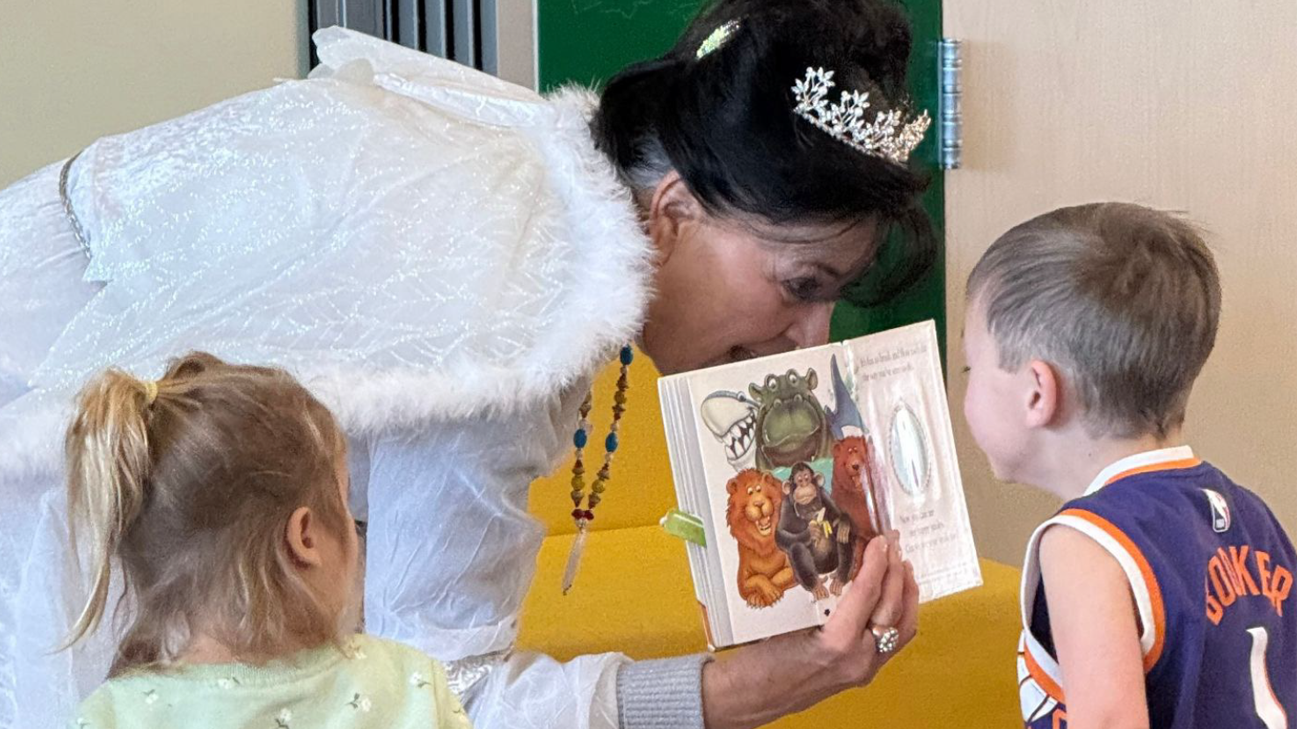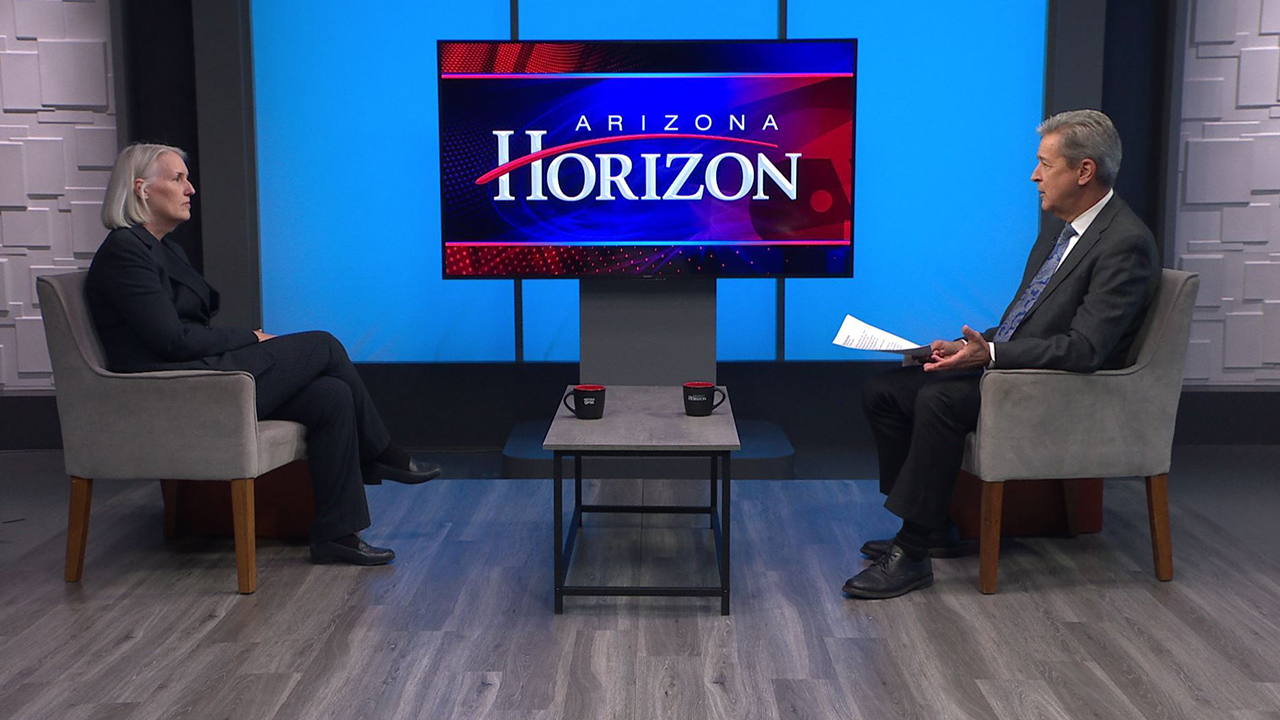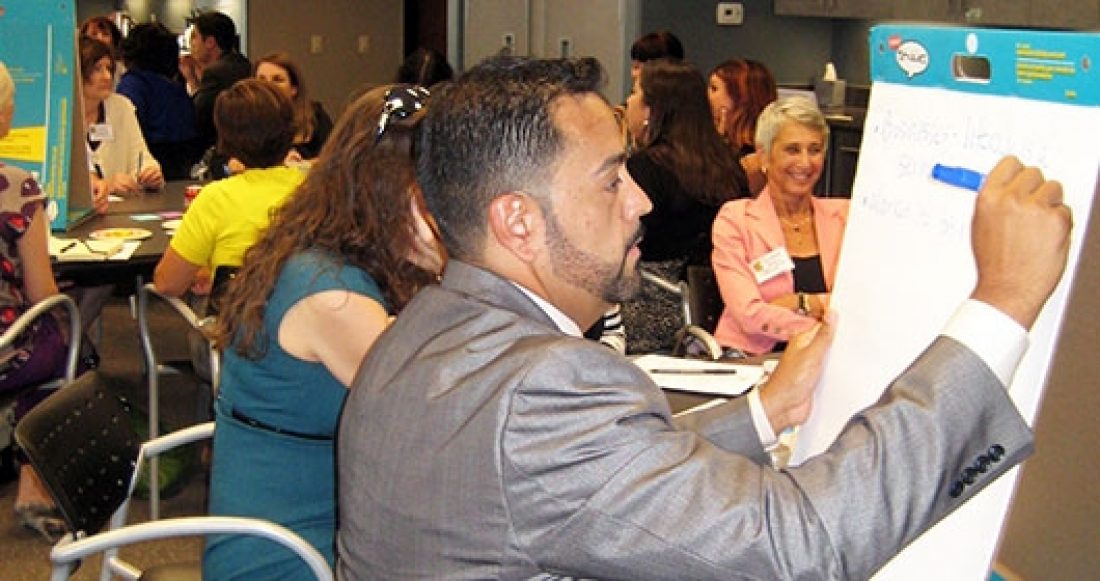
October 30, 2017
Read On Arizona
The Annie E. Casey Foundation | October 30, 2017
Reading at grade level by third grade is a critical milestone — one that can help predict whether or not kids will thrive in later grades and graduate from high school. That’s why Read On Arizona — a statewide public-private partnership devoted to improving early language and literacy outcomes — tapped the Annie E. Casey Foundation to advance its work helping young Arizonans reach this important target.
The collaboration followed the Foundation’s Results Count™ approach for leadership development. Results Count encompasses five core competencies, two foundational skills and two foundational frameworks ― the “5-2-2” for short.
Early on in the partnership, representatives from education and human services organizations in Arizona took a deep data dive to identify clear focal areas. They noted research indicating that economically disadvantaged kids are more likely to fare worse in reading achievement.
In Arizona, this research proved true. In 2015, 40% of all third graders passed AzMERIT, the state’s official assessment of grade-level reading proficiency. Among economically disadvantaged third graders, the pass rate for this same assessment fell to 28%.
Two years later — and two years into Read On Arizona adopting the Results Count approach — 44% of all third graders and 32% of all economically disadvantaged third graders passed AzMERIT. Otherwise put: The proportion of students hitting the test target increased by 4% for each group, but the 12% achievement gap between the two groups remained unchanged.
“If we want to move the needle for everyone, we need to lean in where there are disparities in achievement: kids who are economically disadvantaged, in special education or English language learners,” said Terri Clark, who leads Read On Arizona and serves as the state’s Literacy Director. “We won’t have a lower goal or a different goal for them. Instead, we have to pursue strategies that support them and work for them, recognizing that it’s a significant lift.”
To bridge this achievement gap, Arizona schools and more than 500 community partners across the state are offering a comprehensive menu of strategies for reaching lower-income families. Underlying these strategies is research conducted by Arizona State University in partnership with Read On Arizona. This research indicates that poverty and attendance —and especially chronic absenteeism — are two of the most significant factors impacting struggling readers.
Read On Arizona partners also began using an interactive mapping tool to break down chronic absenteeism data by neighborhood and grade level. Once they began sharing this information widely with community partners and parents, chronic absenteeism fell in every grade up to third grade from 2015 to 2016, the most recent data available.
Read On Arizona has also advocated for the Arizona Department of Education to include new measurements in its accountability report cards, which the state issues as part of its plan to empower public schools to achieve and increase student success. These new entries examine how well individual schools are reducing their disparities in achievement, lowering chronic absenteeism and decreasing the number of minimally proficient students.
Following their Results Count program experience, Read On Arizona and its partners have a strong framework in place. They will continue to intentionally share data, track data to assess progress, and change course as needed. In addition, they will shift their commitments to the results they want instead of to particular programs that are already in place. Partner organizations are also more comfortable having deeper and challenging conversations about accountability, and they are sharing what works — and what doesn’t — for kids, especially those who are lagging behind in reading, says Clark.
Originally published by the Annie E. Casey Foundation.
